From field office to regional office: Directors bring hands-on experience developed from the ground up
R6 field offices have sent a growing number of their own to take the helm of key leadership positions in the regional office – bringing invaluable experience learned from the front lines.
We spoke with several leaders who recently made that leap and asked them to provide insights about the journey from field to regional:
- Gabriel Sanchez, Facilities Management Division (FMD) Energy and Sustainability Branch Chief, 2022
- Janelle Agnos, Occupancy Management Branch Chief (currently Building Services Branch Chief), 2022
- Sommany Douangphila, Facilities Management Specialist, 2022
- Bill McClain, Occupancy Management Branch Chief, 2023
- Roger Foster, Equipment and Facilities Specialist, 2023
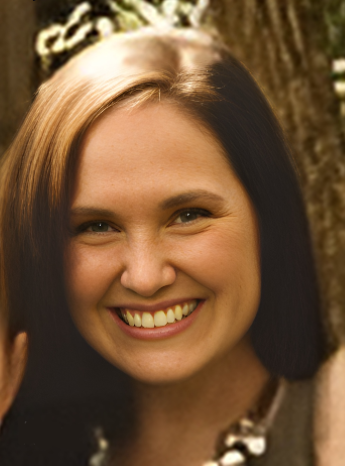
“Where the magic happens”
Each of the regional leaders said field office experience made them better at their current job.
“We were part of that front-facing mission and [now] bring a perspective from that ground floor experience,” McClain said.
“You’re in the front line,” Sanchez said. “You’re doing all the work, you’re getting all the projects done. You’re customer-facing – you’re dealing with everything from [the building is] too cold to everything else.”
The field office is “where the magic happens. You never know what’s going to happen day to day,” Agnos said. “Just being able to understand what happens in the field and what they’re going through helps us all do our jobs better.”
Regional managers who haven’t managed a building may not know what the field offices see, Douangphila said – but the HVAC specialist said that hands-on experience helps “bridge the gap” between field and regional offices: “Knowing what goes on day in and day out in our courthouses, along with the technical knowledge… I know how the buildings run, [their] temperature needs and humidity needs… how to maintain facilities, how to provide to our customers, [and] I know a lot of contracting language.”
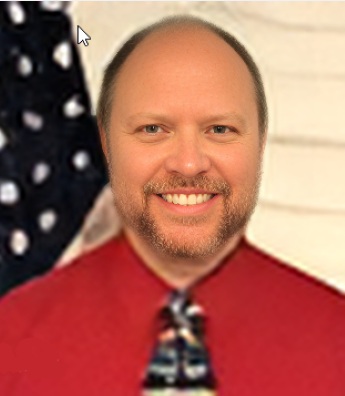
Tactical to strategic
Experience in different roles within the field and regional offices has provided managers with additional frames of reference.
McClain, who spent more than 27 years in field offices, said that work was ”like the great Oz behind the curtain.”
“You want to be invisible to our tenants and to our public, and you just want them to have the experience of their building that is just like you experience a nice hotel — you’re not really thinking about who’s making it happen,” McClain said.
At the regional level, he says, “We’re once removed a little bit, so we can catch ourselves being forgetful of why our agencies are in the buildings — whether it’s the Marshals service apprehending the bad guys or the courts performing their judicial responsibilities, [there is] a great weight on our tenants and what they do.”
“Coming from the field, I have perspective on a broader range of things,” Foster said, noting that now “I won’t be dealing with tenants day to day, so I’m sort of transitioning from a minute-to-hour operation to more of a strategic planner. I’m kind of moving from the tactical to strategic.”
McClain describes his earlier career experience moving from project manager to deputy director in the field as providing another level of insight. “It really opened my eyes to what our building managers do on a daily basis, and it’s quite incredible. And if there are any unsung heroes in the agency, I think they’re one of them… it’s a great responsibility.”
Agnos, who recently moved from her initial regional position in the Occupancy Management Branch to the Building Services Branch said, “It’s been helpful learning both branches and the programs and understanding why we have to do certain things in the field. It’s been a difficult change, but I’m happy that I’ve been able to do it as I think that it will have a positive impact at both the field and regional levels.”
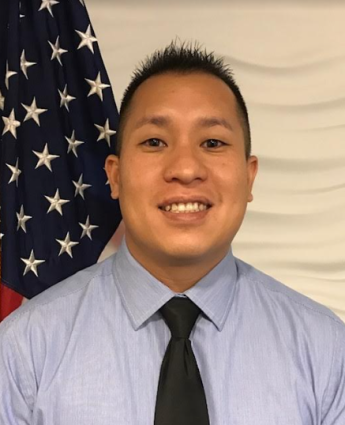
A vision of providing real support
“I was looking to get into the program oversight piece where I could make some changes to help the field offices,” Agnos said. “Just knowing what they go through and what’s expected of them, I think having that knowledge and applying it to the program side is helpful for them. I hope that my background in the field gives the field offices a little bit more confidence and support on the program side.”
“I have a vision of providing real support to the field offices,” Foster said. “I think that they need significant support in the transition from construction to service contracts.”
He added that historically “project teams are provided huge amounts of money…and the field offices are always neglected. There’s really a need there for somebody that has had that experience to come in to help.”
Foster specifically hopes to improve the contract conversion process, which has “always been a little clunky, honestly… I feel like there’s some real opportunity to improve that transitional process, in particular for field offices.”
“The main reason I came over [to the regional office] is that I wanted to improve and make changes,” Douangphila said, “bringing the knowledge as a field office specialist and building manager to the region.”
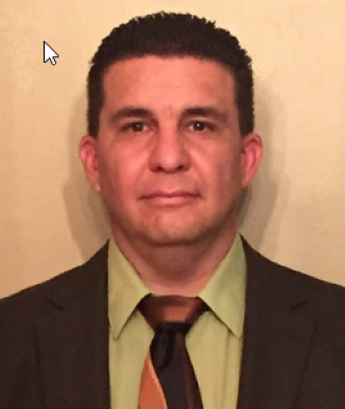
Relationships, technical knowledge and communication
“I always felt that there was a disconnect between the regional office understanding what happens in the field office,” Sanchez
said. “I thought if I’m ever at the regional office, I’m going to change the way we communicate.”
Douangphila also felt a disconnect between the regional and field office and remembers his frustration when trying to get assistance from subject matter experts (SMEs). He said bringing more technical knowledge to the role at the regional level helps.
As SMEs, Douangphila said, “We need to know facilities. We need to know maintenance. We need to know how to provide service to our customers, attendance, courts, and all that.”
For Agnos, moving to the regional office from the field and “just having those relationships is key. I think having that knowledge and knowing the right people to talk to, the right people to schedule with… I feel like I can get a little bit more done.”
Agnos is also working to organize processes in the field offices. “Stuff just happens, and field offices are surprised, or they don’t have enough time to prepare.” She believes bringing organization and tracking to the table will help.
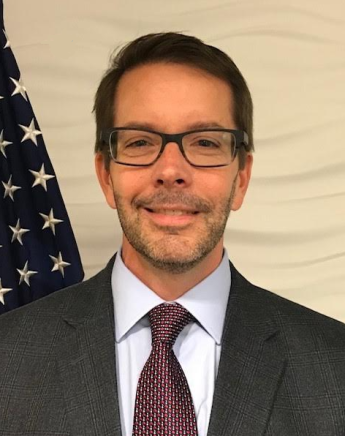
Collaboration, diversity, and managing change
“I’m hoping to lend another perspective from my building blocks where I can,” McClain said, “but equally to learn from [my team]. There’s several that have been doing it for a long time and it’s helpful to understand what roadblocks they’ve been facing or maybe some of the pushback from building managers because of them being overwhelmed.”
“I think it’s a good collaboration so far,” he added. “We’re working together, and you’re starting to see more of that field office perspective being pulled into the regional office. I think that’s a good thing. But equally, I think it provides a regional office perspective back to field office folks, who can then help other field office folks understand better, too.”
“The background builds on itself,” McClain said. “We were part of that front-facing mission… we speak their language.”
“I think if there’s one thing to highlight,” Sanchez said, it’s that “we’re bringing in a very diverse crew [at the regional level], which expands our knowledge base and skill sets across the entire region. I can’t express how important it is to have diversity within your teams. And so even though we’re pulling a lot of people from the field office level, we’re also focusing on the diversity that they all bring to the table.”
“I see all this talent coming into the Facility Management division and I’m thinking our division is just getting stronger because we’re developing relationships that understand what work is like in the field office,” Sanchez said.
“There’s always a churn, if you will, of ideas and processes,” Foster said, “Things are continually changing and adapting.” His experience in change management is “a perspective I hope to bring - adding that flexibility and nimbleness to the process to help everybody with the change that has been consistent over the last 30 years.”
“It’s an exciting time to be in this position,” he added. “I’m excited to see how we can transition this into bigger and better.”

 U.S. General Services Administration
U.S. General Services Administration